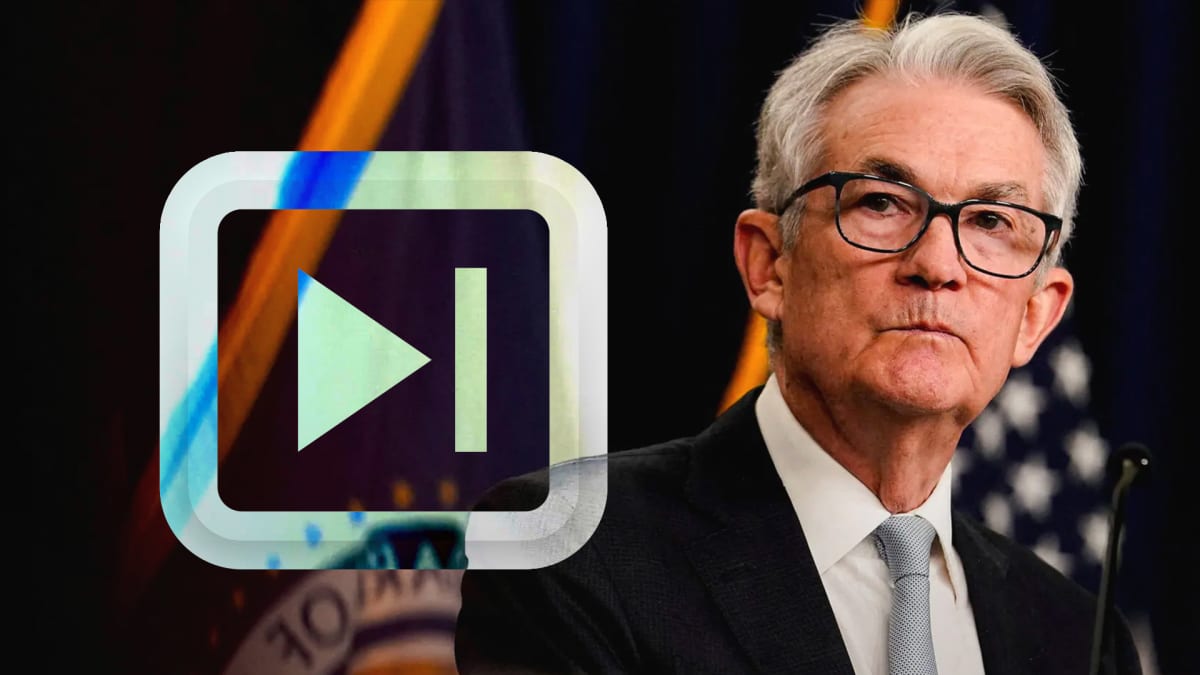
If you're wondering what the May jobs report means for the Federal Reserve's June rates decision, look no further than the unemployment rate.
In this sneak peek from the Action Alerts PLUS investing club, former NYSE trader Stephen 'Sarge' Guilfoyle gave his top takeaways from the May jobs report and explained why he's betting the Fed will skip raising rates in its June meeting.
FULL VIDEO TRANSCRIPT BELOW:
STEPHEN GUILFOYLE: Well, the Fed is going to pause, not pause, skip. They're going to skip on interest rates this month because they've signaled so. Harker has told us that twice in a row. Jefferson, who is probably going to be the Vice Chair, has told us that. And Chair Powell told us that about two weeks ago.
So they're setting us up for a skip. They wouldn't have done this otherwise. They flipped what they saw in the Fed futures market. So that there's a majority chance of no hike on June 14. All right, I'll note this unemployment report we got this morning. I think it kind of supports taking a little bit of a break because it's a lot weaker than you think, all right?
We did get the-- I got all my papers printed out here-- 339,000 non-farm payrolls plus an upward revision of 41,000 to the prior month. But if you go over to the household data, the household survey, you actually saw a job reduction, not a creation, job reduction of 310,000. So there's a difference between the two surveys of 649,000 positions, which implies either one of them is wrong or there's a lot of folks who are feeling pressed enough to take on two jobs.
The unemployment rate rising from 3.4% to 3.7% and the underemployment rate-- let me see what that one went to. That one from 6.6% to 6.7%, suggests that there is a little bit of stress. We also saw higher unemployment rates for men, for women, for Caucasians, for African-Americans, for Asians, and a flat report for Hispanic or Latino ethnicities. So that's not so hot.
Across educational demographics, unemployment's on the way up for those with less than a high school diploma and those with more than a college degree at the same time. That's kind of a terrible sign. You also saw wage growth. Wage growth came in below expectations, as did the average weekly hours. Average weekly hours, demand for actual labor, is down to 34.3 hours a week from 34.6 hours a year ago and 34.4 hours just a month ago.
Just so folks at home who don't follow these things all the time know, 34.5, 34.6 is about normal. So we are pretty well below normal on what employers are asking of their employees right now in terms of weekly hours. I think this report generally reflects a poor demand for labor at this moment and supports the idea of taking a break on monetary policy.
SARA SILVERSTEIN: That's great perspective. Is there any other catalyst on the horizon that we should be paying closer attention to?
STEPHEN GUILFOYLE: We're going into a very light week. That's why it's so important that we hang on to those levels I mentioned on the NASDAQ composite and the S&P 500. Next week we have the whole Apple dog and pony show, their developers conference. And other than that, the macro is rather light. And the earnings are rather light.
So until you get to the second week, to the week after next week, which we had the CPI come out on Tuesday, and the Fed makes their decision on Wednesday, that week we'll be loaded for bear. But next week, you're probably going to have to try to get by on some technical trading more than you would, say, on fundamentals or on macro.







